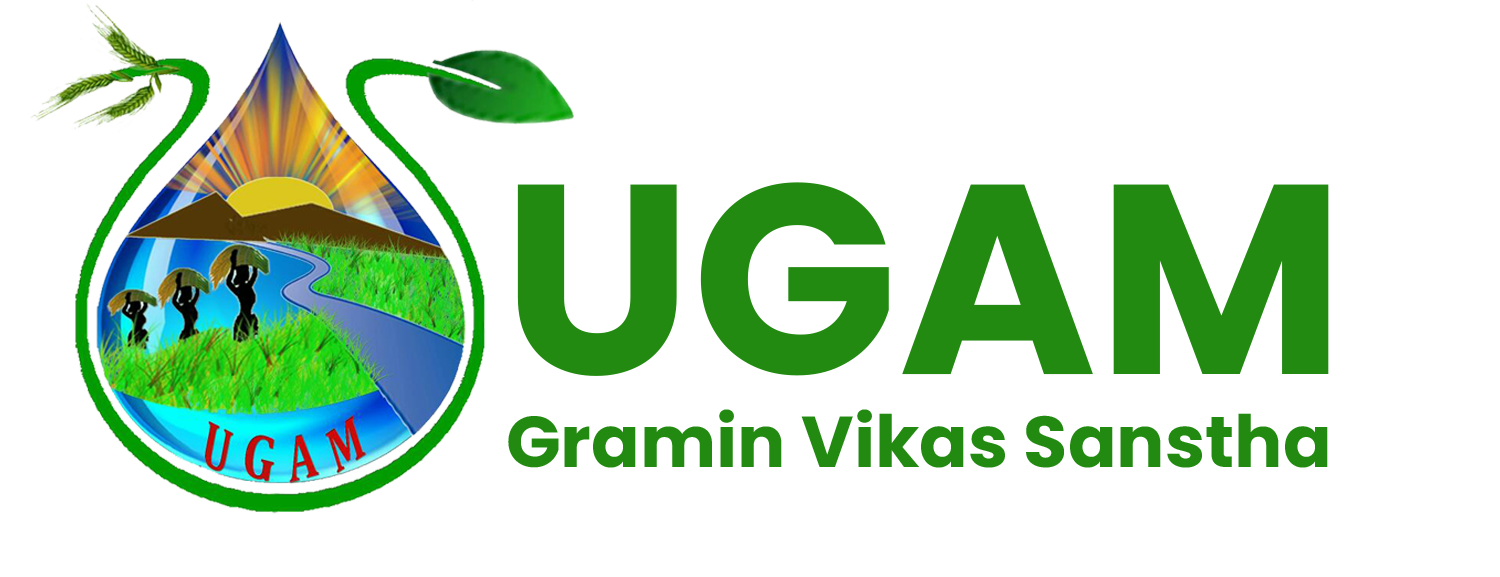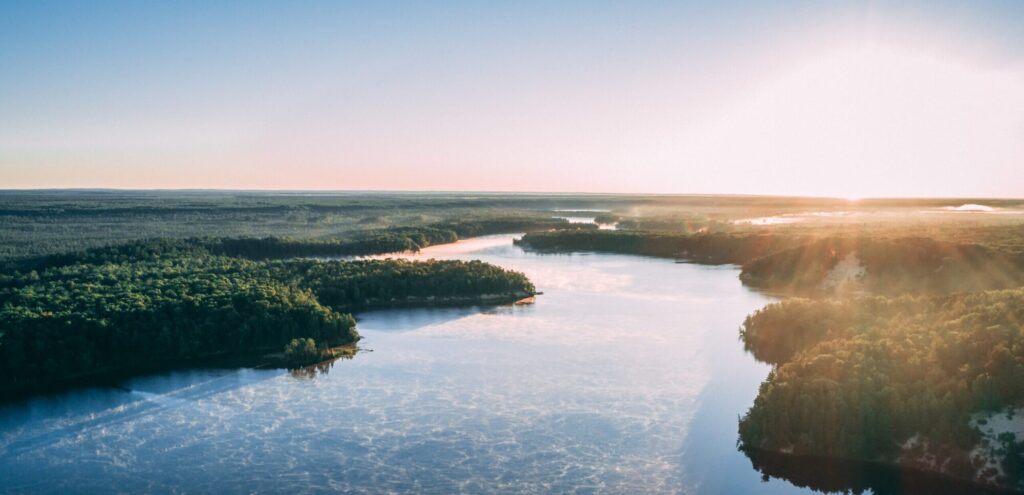Biological diversity – or biodiversity – is the term given to the variety of life on Earth and the natural patterns it forms. The biodiversity we see today is the outcome of billions of years of evolution, shaped by natural processes and, increasingly, by the influence of humans. It forms the web of life of which we are an integral part and upon which we so fully depend.
UGAm strongly advocates for the conservation of Biodiversity which is gradually getting lost and is working stringently to maintain its value and essence.
Kayadhu river flows through the district and the communities inhabiting at the river-side have been for centuries conserving grasslands for fodder-security. Jondhali grass, (Sorgham contraversum) Pavnya grass (Sehima nervosum) are the indigenous grass species found on the both sides of the Kayadhu River.
UGAM works on in-situ conservation of grassland biodiversity together with maintaining a People’s Biodiversity register to capture the traditional wisdom of knowledge and creation of grassland/scrubland biodiversity management plans. Further to this capacity building of the people across the rivers are done to link them to various livelihood opportunities.

Dove Model
The Treatment prevents soil erosion and enhances ground water recharge enhancing the water table to rise. Water availability has direct impact on agriculture and can be visualized through the increase in the area under cultivation. Capacity building of farmers has made them aware and they are now applying drip-irrigation and sprinklers to prevent wastage of water and growing traditional food crops like jowar, oil-seeds instead of sugarcane that require more water.
Achieved Outcome/Impact
- Starting from four grass species, at present eighteen grass species have been identified.
- 127 families earn livelihood through grassland management.
- Initial grassland belt size was around 250 hectors, which has increased to 317 hectors in March 2016.
- Plantation of 1,745 trees done with the support of school children.
Kayadhu River




